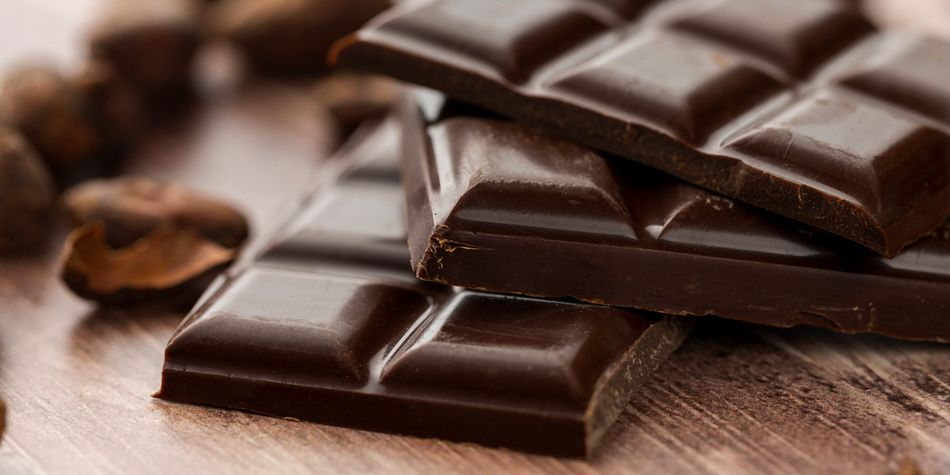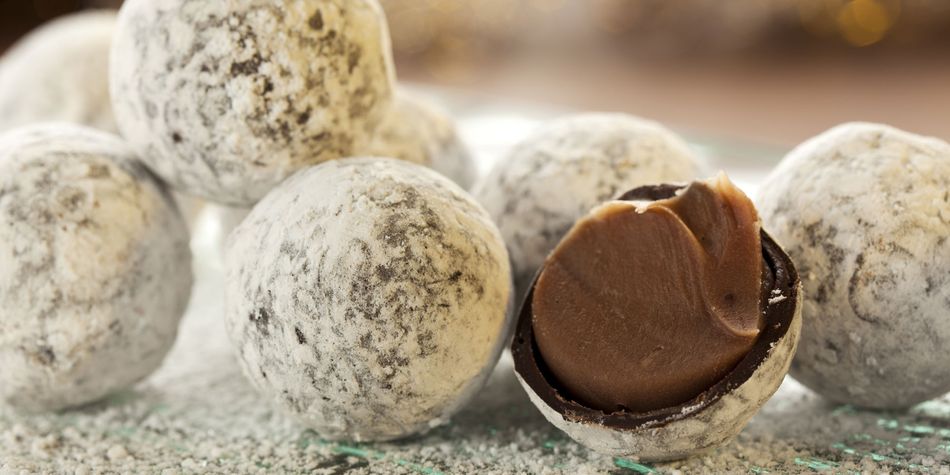The hidden health benefits of dark chocolate

Health claims around dark chocolate are often in the spotlight. So could snacking on a square of dark chocolate actually be good for you?
While chocolate is known for being high in fat and sugar, the higher cocoa content of dark chocolate means it could also have some health benefits.
We spoke to Which? nutrition expert Shefalee Loth to separate the fact from the fiction. Keep reading to find out which claims are worth paying attention to, plus how to choose lower-sugar options.
Eat well, live better and stay healthy: sign up for our free monthly Food & Health newsletter for the latest insights delivered straight to your inbox
Dark chocolate health benefits

Dark chocolate typically contains cocoa, sugar and added flavourings (such as vanilla).
In the UK, the minimum required cocoa content for dark chocolate to be labelled as such is 35%, but most dark chocolate contains a much higher proportion of cocoa – 70% cocoa bars are one of the most widely available options.
While it's considered to have some health benefits, dark chocolate is still high in calories and fat, so it's best eaten in moderation.
Benefits include:
Source of antioxidants
Cocoa is rich in polyphenols, a type of antioxidant that's been linked to a range of cardiovascular, brain and gut health benefits.
However, bear in mind that dark chocolate may only contain small amounts of antioxidants, as most are removed in the manufacturing process.
Eating plenty of fruit and vegetables is a better way to boost antioxidants in your diet.
Source of minerals
As well as polyphenols, dark chocolate is also rich in essential minerals, including magnesium, iron and zinc.
These play an important role in supporting your overall health, and can help to boost immunity and aid energy production, bone health and more.
However, as with antioxidants, chocolate shouldn't be your main source of minerals. You'll also find them in cereals, bread, meat, fish, milk, nuts, fruit and veg.
Lower in sugar
Dark chocolate with a high cocoa percentage is often highlighted as a good low-sugar option for satisfying sweet treat cravings.
A standard 20g serving (around two squares) typically contains around 5-6g of sugar, which is less than some other sugary snack alternatives. It's worth checking the label though, as many bars are still classed as high in sugar (more than 22.5g of total sugars per 100g).
Is dark chocolate high in fibre?
A diet that's rich in fibre has been associated with a number of health benefits, including a lower risk of heart disease and stroke.
Fibre content is often touted as a benefit of dark chocolate, but again (sorry!) the actual amount in one serving is relatively small.
A standard 20g serving (around two squares) of 70% dark chocolate usually has around 2g of fibre, which works out at only 7% of the daily recommended amount (30g). Bars with a higher percentage of cocoa solids will usually have a higher fibre content.
Every little helps, but if you're trying to get more fibre in your diet then eating more wholegrains, pulses, fruit and vegetables is a better bet.
See our guide to the best dark chocolate bars to discover the tastiest supermarket bars from our independent expert taste test
Dark vs milk chocolate: what's the difference?

Dark chocolate can be a healthier option compared to milk chocolate, especially if you're trying to cut down your sugar consumption.
The table below shows how the calories, fat and sugar content per 100g compares for a Lindt 70% dark chocolate bar and a Lindt milk chocolate bar.
| Lindt Dark | Lindt Milk | |
|---|---|---|
| Energy (kcal) | 566 | 567 |
| Fat (g) | 41g | 37g |
| of which saturates (g) | 24g | 23g |
| of which sugars (g) | 29g | 50g |
While the calorie and fat content is similar, Lindt's dark chocolate bar is much lower in sugar (29g) compared to the milk chocolate bar (50g). Some of this sugar will be from milk (in the form of lactose). However, both still get a red traffic light rating overall for sugar.
How to buy more sustainable chocolate – we unpack the ethical and sustainability issues associated with cocoa production, and tell you which certifications to look for
How to choose healthier chocolate

Here are some key things to consider if you're looking for a healthier bar of chocolate:
- Cocoa percentage The amount of cocoa in dark chocolate can range from 35% all the way up to 100%. Choosing a higher percentage bar with more cocoa solids is likely to be higher in fibre and minerals, and lower in sugar.
- Sugar content Although less sugary than milk chocolate, some dark chocolate bars are still high in sugar, so it's worth checking the label carefully and avoiding those that have a red traffic light.
- Added ingredients Bars often have extra flavourings and ingredients, which can dramatically increase the fat and sugar content. Try to stick with minimally processed and high quality chocolate where possible.
Best food and drink – see the top food and drink picks from our independent taste tests including the best red wine, best olive oil and best alcohol-free beer

Shefalee Loth is a public health nutritionist with 20 years' experience working at Which?, the NHS and in research at The London School of Hygiene & Tropical Medicine and World Cancer Research Fund. At Which? Shefalee is a principal researcher, researching and writing food and nutrition content for our magazine and website and is a media spokesperson. She is a trustee at Sustain, the food and farming alliance.



